Playtime and Dexterity Development

In their first five years of life, our little ones are developing a lot of skills that become second nature to us as adults. They learn how to crawl, stand, walk, talk and run in what is a fairly short period of time, their little bodies and minds growing at exceptional rates. But it isn't just the gross motor and verbal stuff they are focused on. They are also developing things like hand-eye coordination and small muscle movements that make up fine motor skills, which they will continue improving upon for the next several years. And there are some great toys available that can help them to do just that.
Image via Twenty20/heidurerla
Lacing Boards
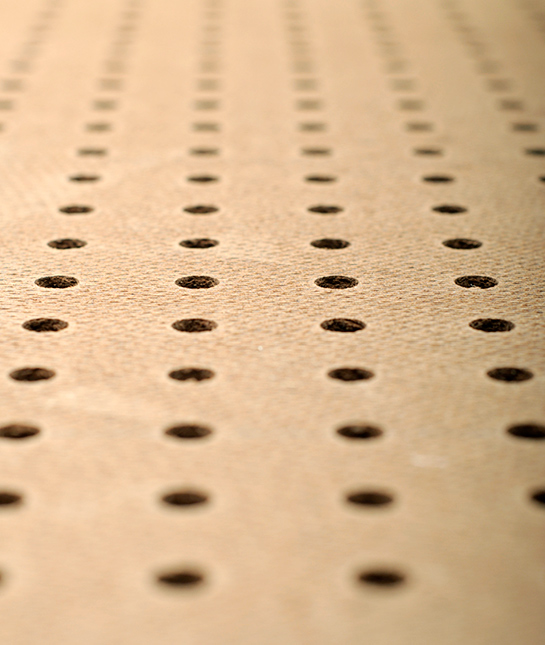
Lacing boards come in a variety of shapes and sizes, and can either be purchased or made at home. They typically involve a board with holes throughout that string or laces can be woven through. Various designs can be made with the lacing, multiple colors can be utilized, and kids work on their fine motor skills by weaving, lacing, tying, pushing and pulling the string in and out of those holes.
Wooden Blocks
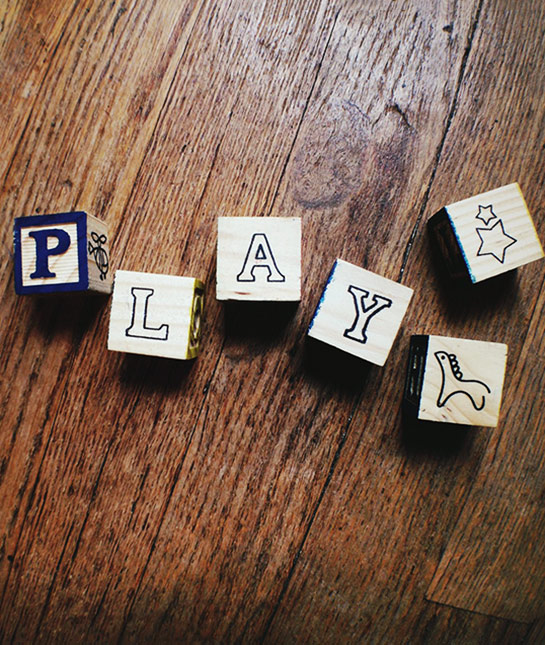
Realistically, just about any block set you might find could be good for fine motor development. But wooden blocks put a lot of the imagination back in the hands of your child, eliminating pieces that may only allow for certain configurations due to attachment components. You can still find wooden blocks in bright and vibrant colors, and little hands develop dexterity by building towers and stacking blocks into small buildings. The best part? The enjoyment most little ones get out of knocking those towers down.
Image via Twenty20/johnnymckenna
Crayons, Colored Pencils and Markers
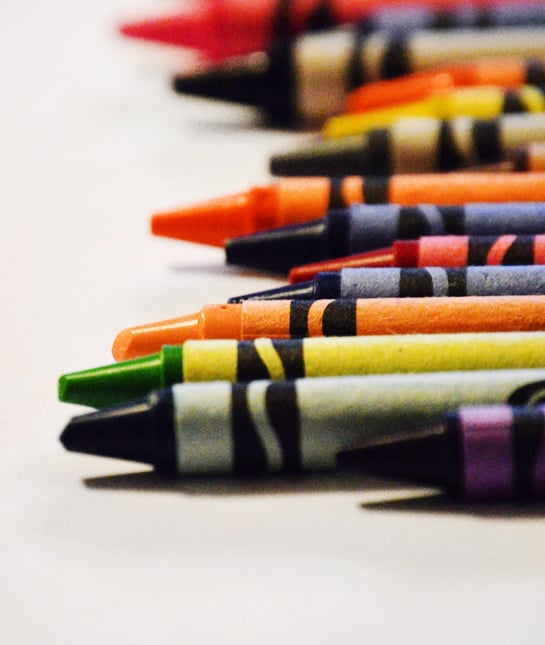
When you can combine creative expression with fine motor development, you've really found an activity worth enjoying with your kids! Coloring is one such activity—no matter which utensils they use to put those colors on paper. Little hands grasping at crayons and markers are learning how to hold and manipulate those thinner objects, while also creating something they can be proud of in the process. A win-win!
Image via Twnety20/emarie.photography
Puzzles
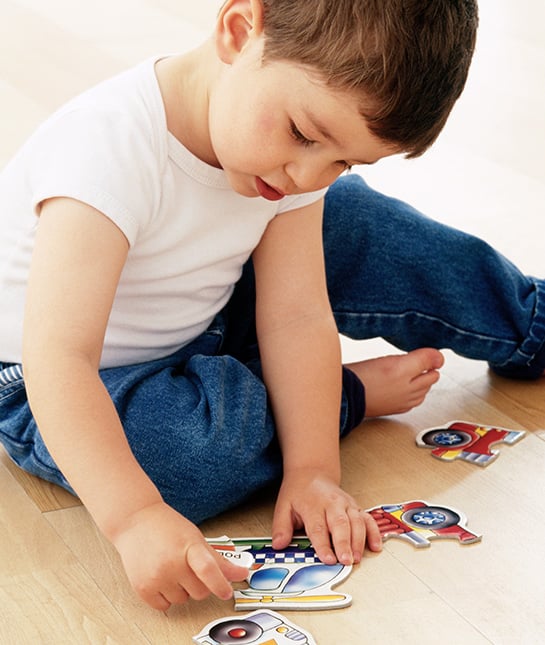
Most toddlers are ready to start playing with puzzles around age 2, and the act of placing pieces into their appropriate slots can be a great way to improve upon both dexterity and problem solving skills. Obviously with little ones, you want to stick to age appropriate puzzles that don't have too many pieces. But this is a skill that can be developed for years, and puzzles can become more complicated and involved as your kiddo gains confidence in his or her ability to match those pieces up.
Piggy Banks
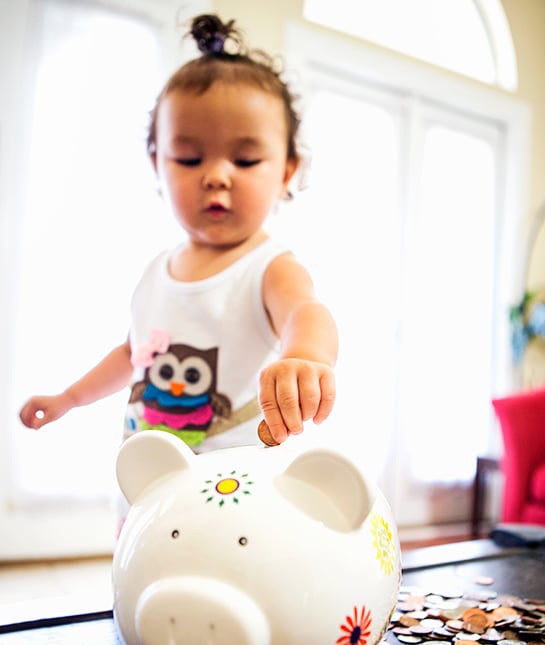
Kids have a predisposed fascination with money, and the beauty about it is it doesn't take a lot to impress them. Piggy banks are a great way to get kids excited about money, while also getting them to use that pincer grasp to pick coins up and place them in the slot. Of course, you want to make sure your little one is old enough to know not to swallow those coins before you allow him or her to start saving real money in that piggy bank, but until you get to that point, there are plenty of play piggy banks with larger, plastic coins to get them started!
Jewelry Making
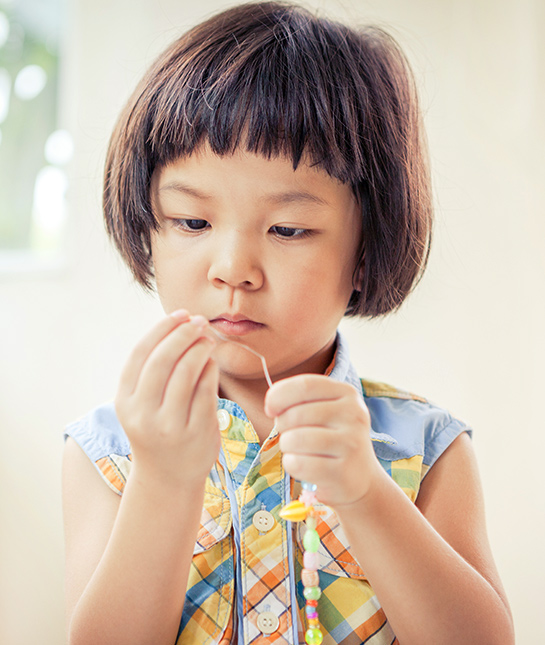
This is another one that is best for children over the age of three; those less likely to place small pieces in their mouth. But for your older tot who gets excited about creative projects, stringing beads into jewelry can be a great bonding activity that also helps them to develop those fine motor skills. Plus, the end result is a necklace or bracelet that your little one will proudly wear—and maybe let you borrow a time or two!
Magnets
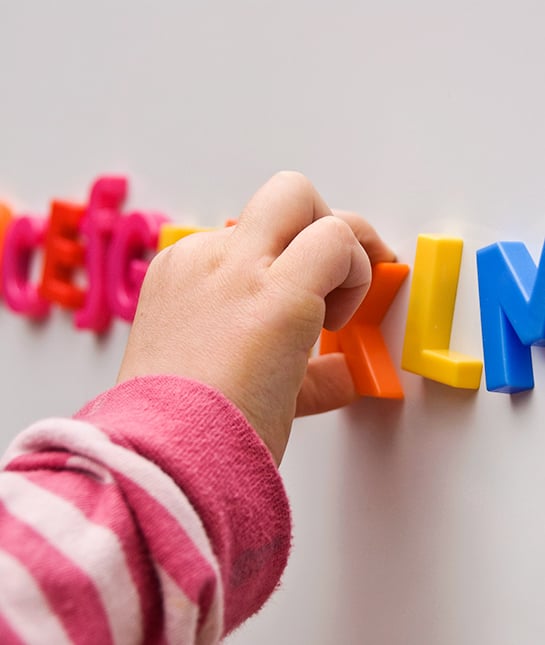
There are plenty of magnet sets dedicated to early childhood learning, ranging from the alphabet to numbers, and animals to colors. Kids can get endless entertainment out of maneuvering these magnets around the refrigerator, but while they're at it they're also improving upon their dexterity. Help your child to practice pulling magnets away from the surface, and then replacing and moving them into various configurations.
Sensory Tables
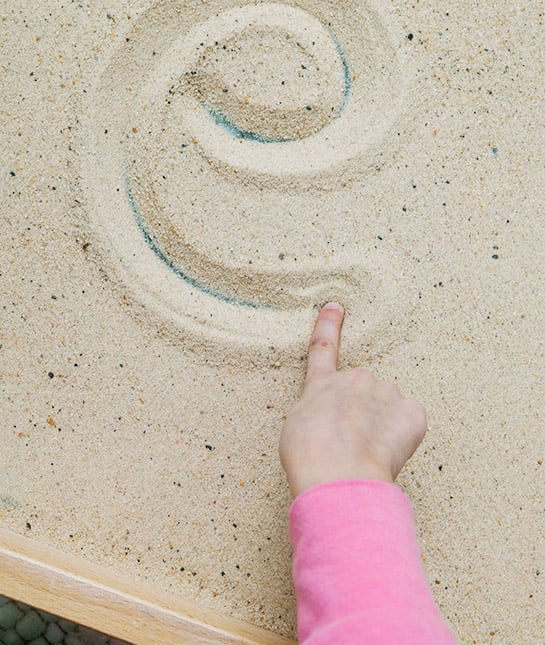
Sensory tables are focused on introducing your child to a variety of textures and imaginative play opportunities. They might include sand or water, and are typically best played outdoors. But don't let these aspects distract you from the fine motor development that is being built upon as children explore and build within the realms of these sensory tables. Whether they are using a stick to carve designs in the sand or transferring water from one cup to another, much of this sensory play has them working with their hands and developing their strength in those small muscles.
Kid-Safe Tweezers
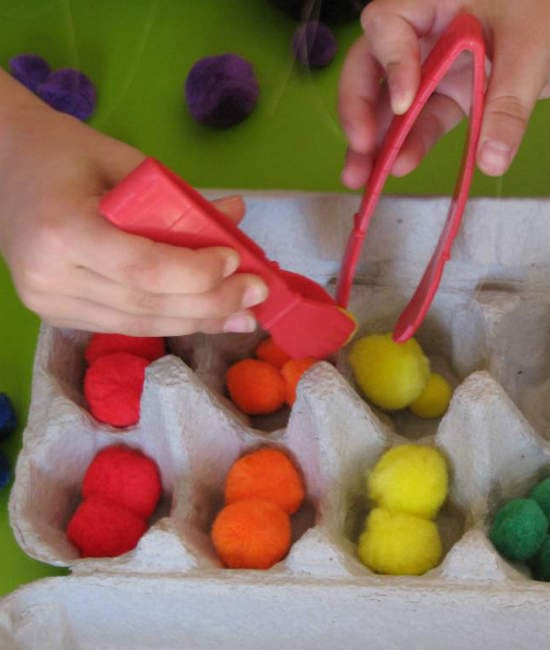
When most of us think tweezers, we think of small metal objects with sharp ends that we would never allow around our child. But there are actually a lot of child-friendly versions of this adult tool that help kids to work on their fine motor skills while also making a game out of collecting and picking up small objects. In fact, several childhood board games rely on just that methodology.
Image via Learning 4 Fun
Activity Cubes
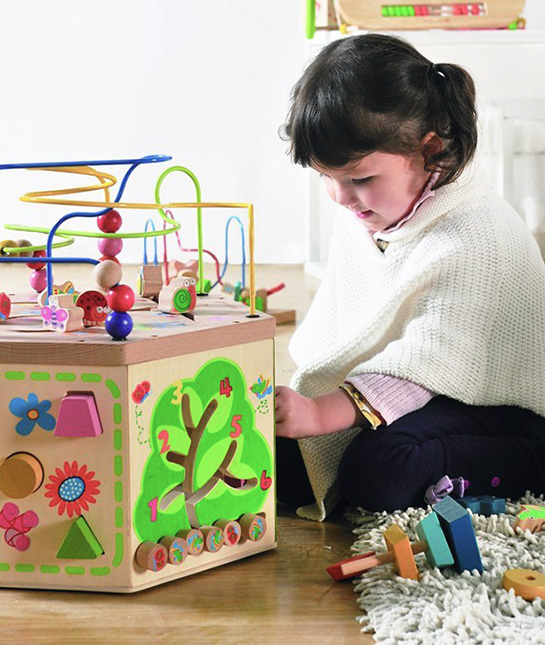
Activity cubes offer a variety of activities and range in size from small to about as big as your child. And because most of those activities are confined to separate sides of the cube, they also usually involve smaller components that require fine motor skills to play. A child may be opening and closing a small door, for instance, or flipping a switch on and off. These developmental activities have them developing skill and strength in their adorable little digits.
Image via Amazon




